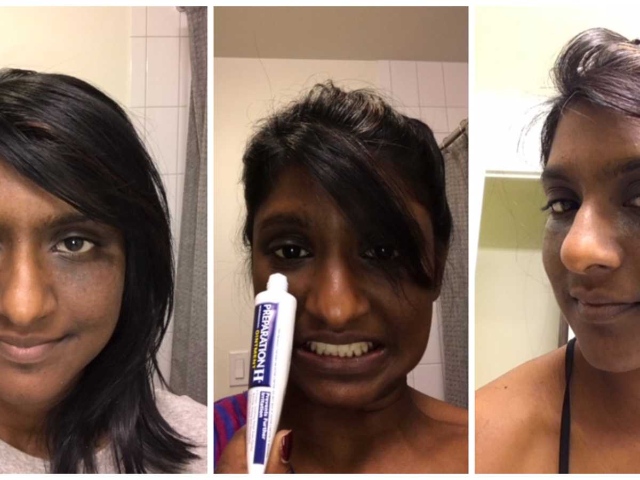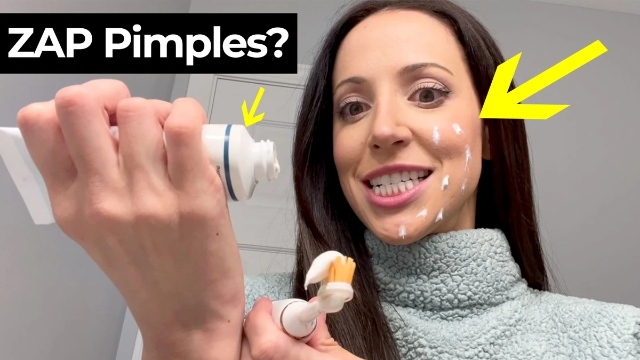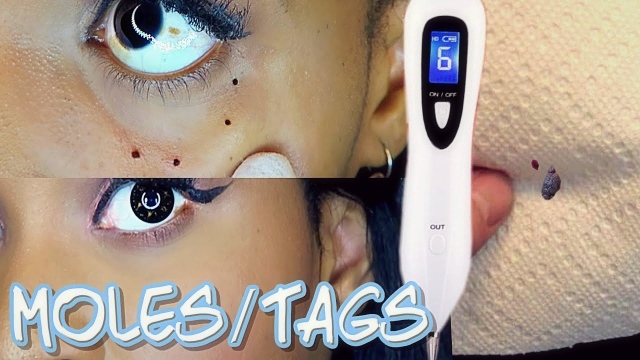[imagesource:youtube/liveyoung]
The World Wide Web can feel like the Wild Wild West when it comes to skincare advice.
From ‘skinfluencers’ with millions of followers to #skintok trends with millions of views, it can be tricky to figure out what’s fact versus fiction and, more importantly, what really works for your skin as opposed to what just works for the views.
Thankfully, there are actual skin specialists and aesthetic experts on the block to highlight the numerous skincare trends that offer more risks than rewards.
It’s nice to look young, but it is even better to live wisely. Let’s get into it.
DIY Micro-Needling
Skin Renewal talks about the ten skincare trends to avoid at all costs, starting with this truly frightful one called DIY micro-needling. You may have come across a skinfluencer singing the praises of the derma-roller they just received in the mail, but you are urged to stop, drop, and DO NOT roll mid-scroll. That’s because this DIY should really stand for ‘don’t-injure-yourself’.
While micro-needling, in well-trained hands, gets great results, DIY derma-rolling or micro-needling can damage the skin and cause infection, irritation, injury and scarring. Many of the devices promoted as being safe to use at home don’t have the sterile or single-use qualities that one would find in a medical office, and it’s downright dangerous to perform this procedure with a device that isn’t medical-grade, in an environment that’s not completely clean and sterile, and with needles that aren’t of the highest quality.
Commercial Pore Strips
Frankly, any skincare ‘hack’ that involves household glues should freak anyone out, for good reason. Like most #skintok trends that go viral, it appears to be a good idea to rip out a few blackheads. Emphasis on the word ‘rip’ because this skincare ‘trend’ tends to rip off your super-important protective top layer of skin and peach fuzz.

Glue has the opposite effect, leaving a pore-clogging, sticky residue behind, while also posing the risk of leaving you with post-glue contact dermatitis. All in all, you’re going to want to keep this scary blackhead strategy where it belongs; in the arts and crafts drawer.
Contouring with Sunscreen
The idea of sunscreen contouring, AKA using a low SPF level sunscreen on spots where you want a tan – your cheekbones, for example – and a high SPF on the areas you don’t (the rest of your face), seems like a cheap way to achieve the celebrity-endorsed makeup products look.

But mixing sunscreens can mess with their efficacy and, as a knock-on effect, leave you exposed to more UV rays than you bargained for (best case scenario) or age-accelerating sunburn (worst case scenario).
Haemorrhoid Cream for Under-Eye Bags
And now for the truly horrifying; using haemorrhoid creams on your face. Although the primary ingredients of haemorrhoid creams – phenylephrine & hydrocortisone – are anti-inflammatories, they are not designed to be used anywhere other than your, um, bottom half.

The scary thing is that prolonged use of haemorrhoid creams, under and around the eye area, can thin your skin, resulting in a more fragile than ever under-eye area and more pronounced crow’s feet. Haemorrhoid creams also contain a steroid, which isn’t good for your overall health, so if you see a social media darling pushing this ‘hack’… look the other way, it’s not the wakeup call you’re after.
Toothpaste on Pimples
Look, there used to be a method in this madness because, back in the day, the antibacterial agent, Triclosan, was a common ingredient in toothpaste and many over-the-counter acne treatments. The thing is, it was banned in the US by the FDA in 2016 and removed from personal hygiene products in 2019. In some countries, it can still be used in low quantities of 0.3% or less but the risks to your skin of this miniscule amount far outweigh the rewards.

Now, tubes of toothpaste contain a plethora of astringents like alcohol menthol and hydrogen peroxide, which are bad news for bare skin. Not only can toothpaste as a spot treatment on your face trigger sores and even chemical burns, but rather than zapping the zit, it can mess with the skin’s natural healing process and irritate your skin’s precious barrier in the process, too.
DIY Dark Spot & Mole Removal
Talk about a ‘Nightmare on Skincare Street’. Seriously, when it comes to your skin, the words ‘DIY’ and ‘removal’ really should not be used in the same sentence when it comes to dark spots and moles on the skin. One of the most alarming trends spreading across social media is DIY dark spot and mole removal, using herbal remedies.

The bottom line? A mole that worries you – aesthetically and/or physically – is not to be messed with. Apart from the fact that DIY removal of a dark spot, skin tag or mole can lead to infection and/or scarring, these unwanted skin ‘features’ could be a sign of something more sinister, skin cancer, for example, and should a) be taken seriously, and b) be checked thoroughly and expertly by a professional.
Talking about checking in with professionals, the aesthetic experts over at Skin Renewal are more than happy and willing to give you all the advice you need when it comes to how to treat your skin.
The moral of the story? The internet is a weird place and the professionals are the only ones to be trusted.





